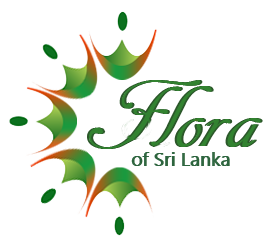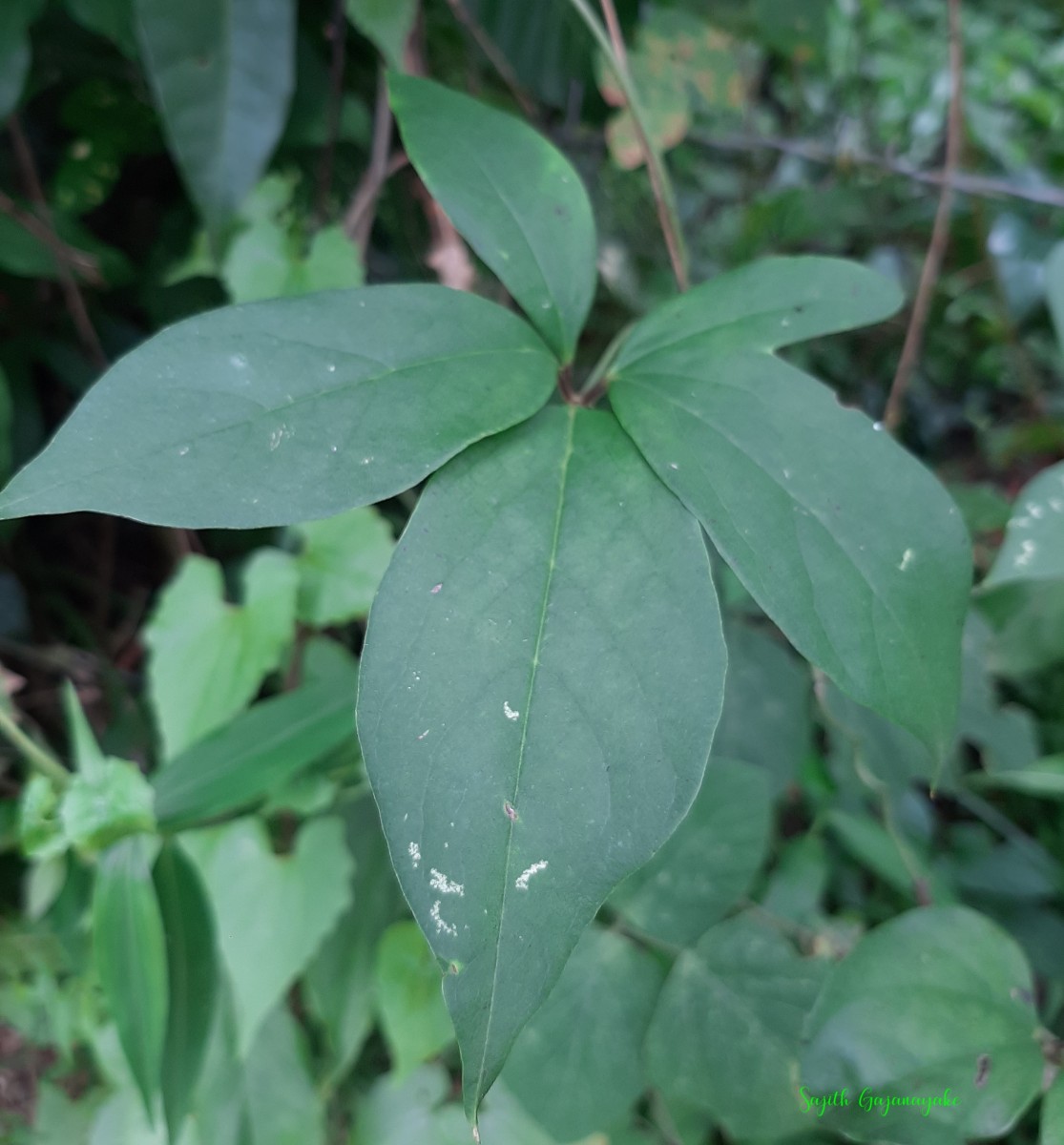

Tuber usually single, annual, globose to palmately lobed and creeping just beneath the soil-surface, to elongated up to 1.3 m and 4 cm in diam. and penetrating deeply, with almost none to abundant bristly roots arising from upper parts and long roots produced near the soil-surface, the tissue whitish or lemon-yellow, sometimes with purple flecks, tender and esculent in deep-burying forms and usually firm and nauseous in others. Stem solitary, up to 10 m long and 7 mm in diam., pubescent with white or rarely ferruginous hairs, glabrate with maturity, usually armed with prickles, mostly toward the lower internodes, the prickles up to 4 mm long, usually directed or curved upward. Bulbils abundant, globose or shortly ellipsoid, rarely 8—10 cm long and cylindrical with numerous rootlets directed downwards, the tissue yellowish to purple. Leaves alternate, 3—5 foliolate, rarely simple or 2-foliolate, variously pubescent on both surfaces with usually whitish hairs, often glabrescent above, rarely completely glabrous, gland-dotted beneath, drying green or yellowish or brownish; middle leaflet elliptic to oblanceolate to broadly obovate, basally acute, apically cuspidate or shortly acuminate, 4—18 X 2—8 cm; secondary veins 3—4 pairs, the reticulation obscure above, distinct below; lateral leaflets relatively smaller, 2.5—14 x 1.5—7 cm, usually inequilateral, the inner half resembling a half of middle leaflet, the outer half broader with a rounded base and 2 primary veins; intermediate leaflets when present intermediate in size, resembling middle leaflet in shape; petiole usually shorter than middle leaflet, 2—15 cm long, channelled above, glabrous to pubescent with white or more often ferruginous hairs, occasionally with a few small prickles; petiolules up to 1.5 cm long, glabrous or relatively more pubescent than petiole, rarely scarcely prickly; stipules absent, sometimes replaced by prickles. Staminate inflorescence paniculate or racemose or both in the same or separate axils; panicles terminal or 1—3 per axil, the rhachis up to 50 cm long, densely pubescent with white or ferruginous hairs; racemes fascicled up to 11 per axil, 1.5—6.5cm long, 10—75 flowered, the axis densely pubescent. Flower 1.2—2.3 x 1.4—2.4 mm; bract cordiform to widely depressed-ovate, basally truncate to cordate or oblique, acuminate to cuspidate, 1.2—2 x 1.2—2.2 mm, usually densely pubescent without or at least on the margins, rarely completely glabrous; bracteole ± similar to bract but slightly smaller, 1—2 x 0.7—2 mm; pedicel 0.2—1.7 mm long, densely pubescent; torus expanded into flat base of the flower; tepals ± erect but slightly incumbent at apices, often scarious on margins, the outer tepals ovate or triangular, 0.8—1.4 x 0.7—1.3 mm, membranous to fleshy, usually pubescent without near the margins, rarely completely glabrous, the inner tepals ± similar to outer tepals, glabrous, rarely pubescent at apices; stamens free or inserted at base of the outer tepals, the filaments 0.2 mm long, the anther 0.2—0.4 mm long; staminodes up to 0.4(0.8) mm long, free or inserted at base of the inner tepals; pistillode 0.4—0.8 mm long, stumpy or conical. Pistillate inflorescence axillary, 1—4 per axil, spicate, pendent, the axis 5—30 cm long, angled, densely pubescent with whitish or yellowish or ferruginous hairs. Flowers up to 50 per spike, lax; pedicel very short at anthesis; bract ovate to oblong-ovate, acuminate to cuspidate, 1.5—2.8 x 1—2.3 mm, decurrent on the axis, pubescent without; bracteole similar to bract but smaller, 1—2.3 x 0.5—1.4 mm; tepals ± as in staminate flower but slightly larger, fleshy, the outer tepals 1—2.3 x 0.5—1.4 mm, the inner 1—2 x 0.5—1.4 mm; staminodes c. 0.1 mm long, inserted at base of the tepals; ovary 2—8 x 0.7—5 mm, densely or often woolly pubescent, with a short or indistinct neck; styles connate, 0.3—0.4 mm high; stigmas recurved at apex and each parted into 2 lobes. Capsules loosely imbricate, oblong, basally rounded, apically truncate to retuse, 2—3.4 x 1—1.5 cm, becoming glossy blackish and glabrate with maturity; wings ± semi-elliptic, 6—7 mm broad; stipe 2—3 mm long. Seeds up to 20 x 5 mm including the wing, basally cuneate; wing 5—15 mm long, smoky brown. (FOC)
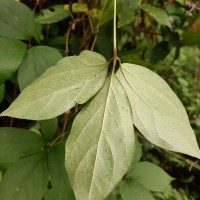
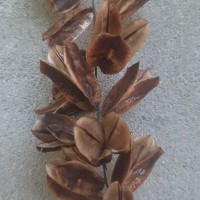
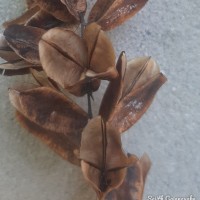
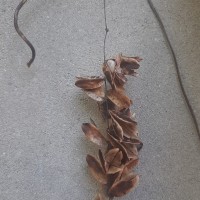
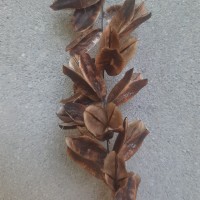


.jpg)
.jpg)
.jpg)
.jpg)
.jpg)







.jpg)
.jpg)
.jpg)
.jpg)
.jpg)
